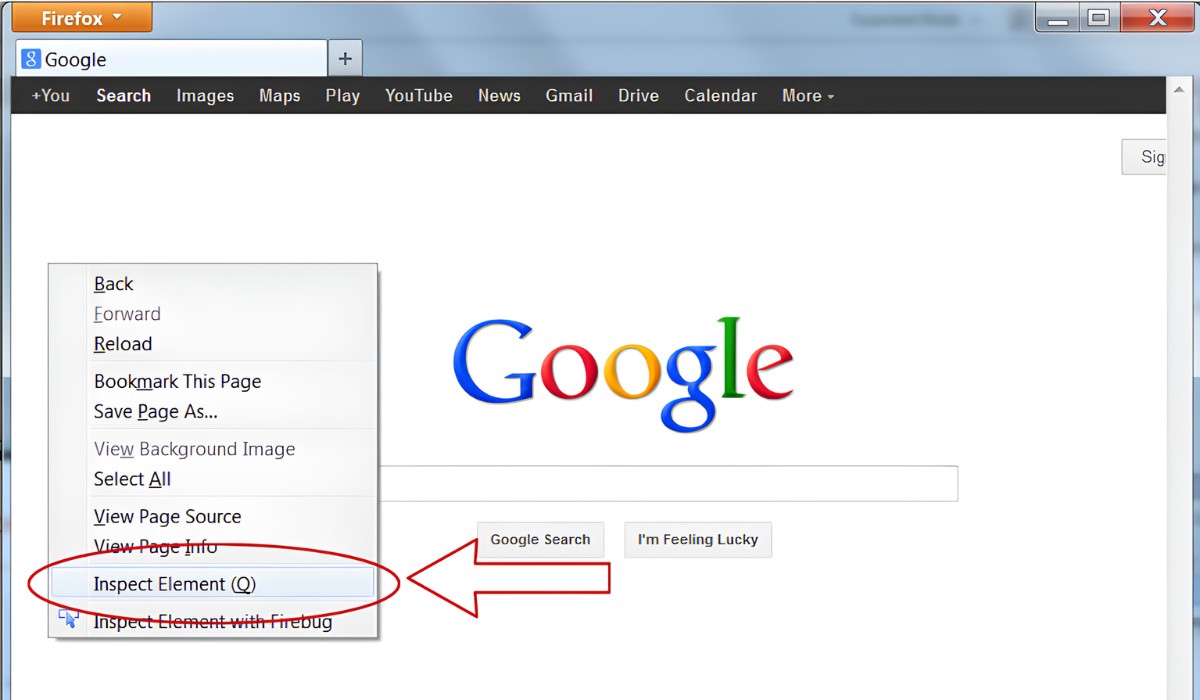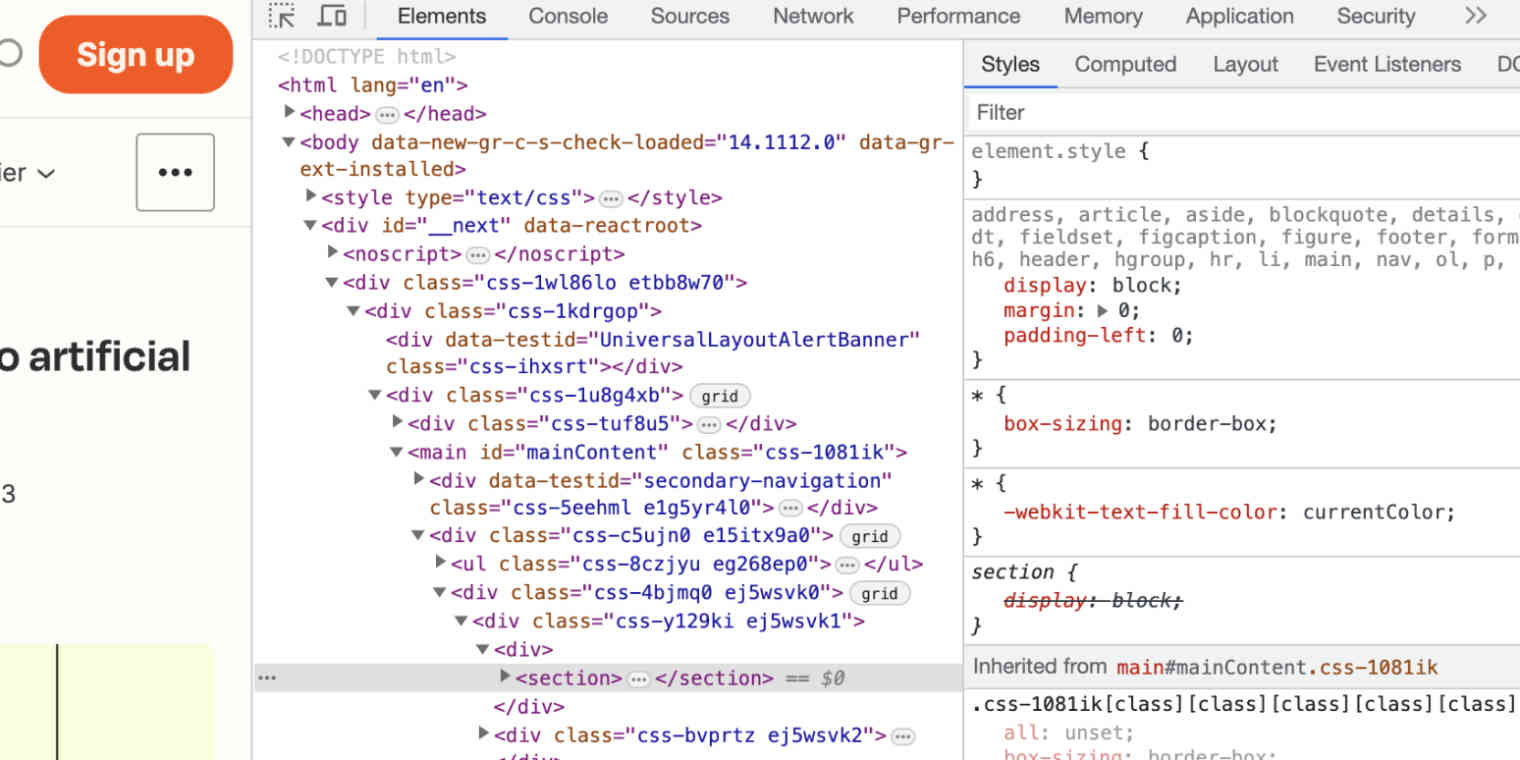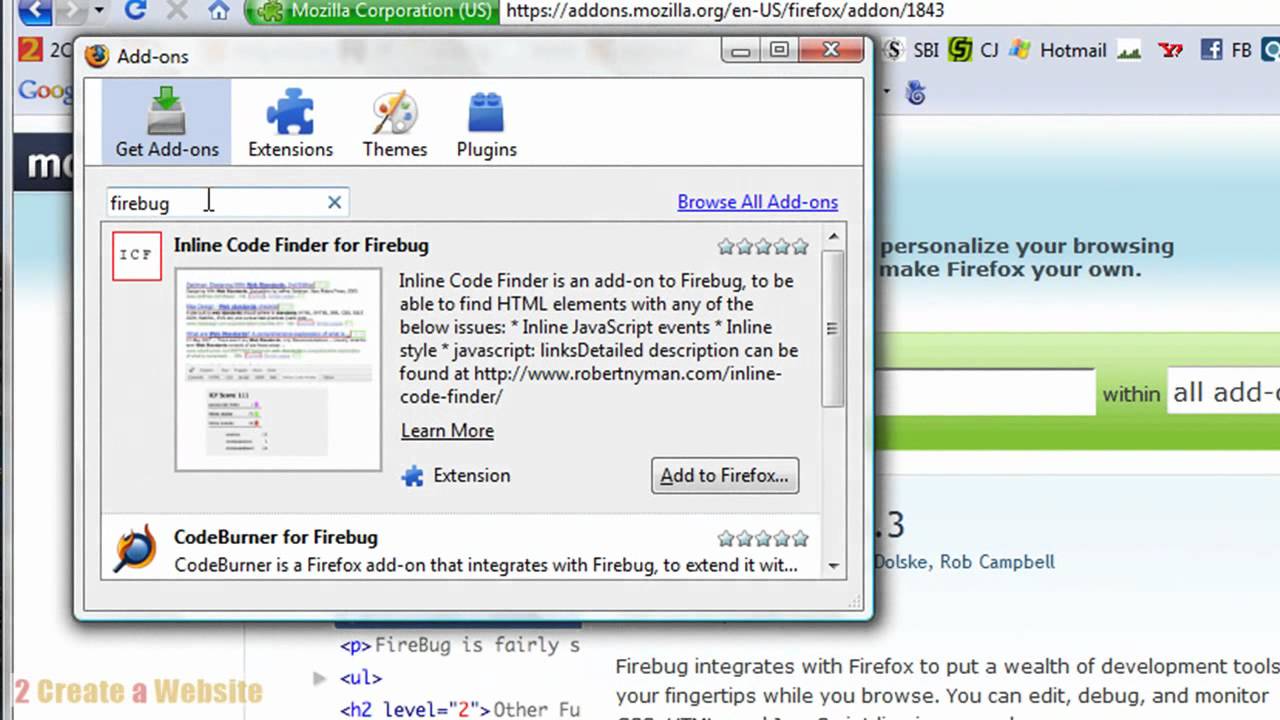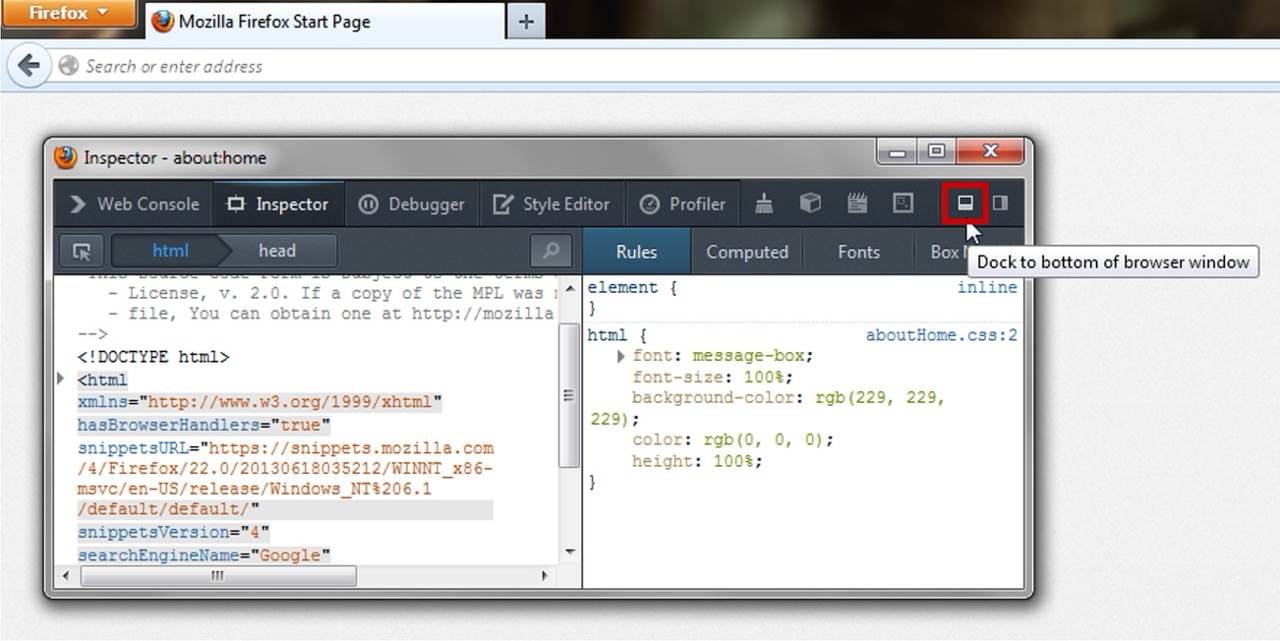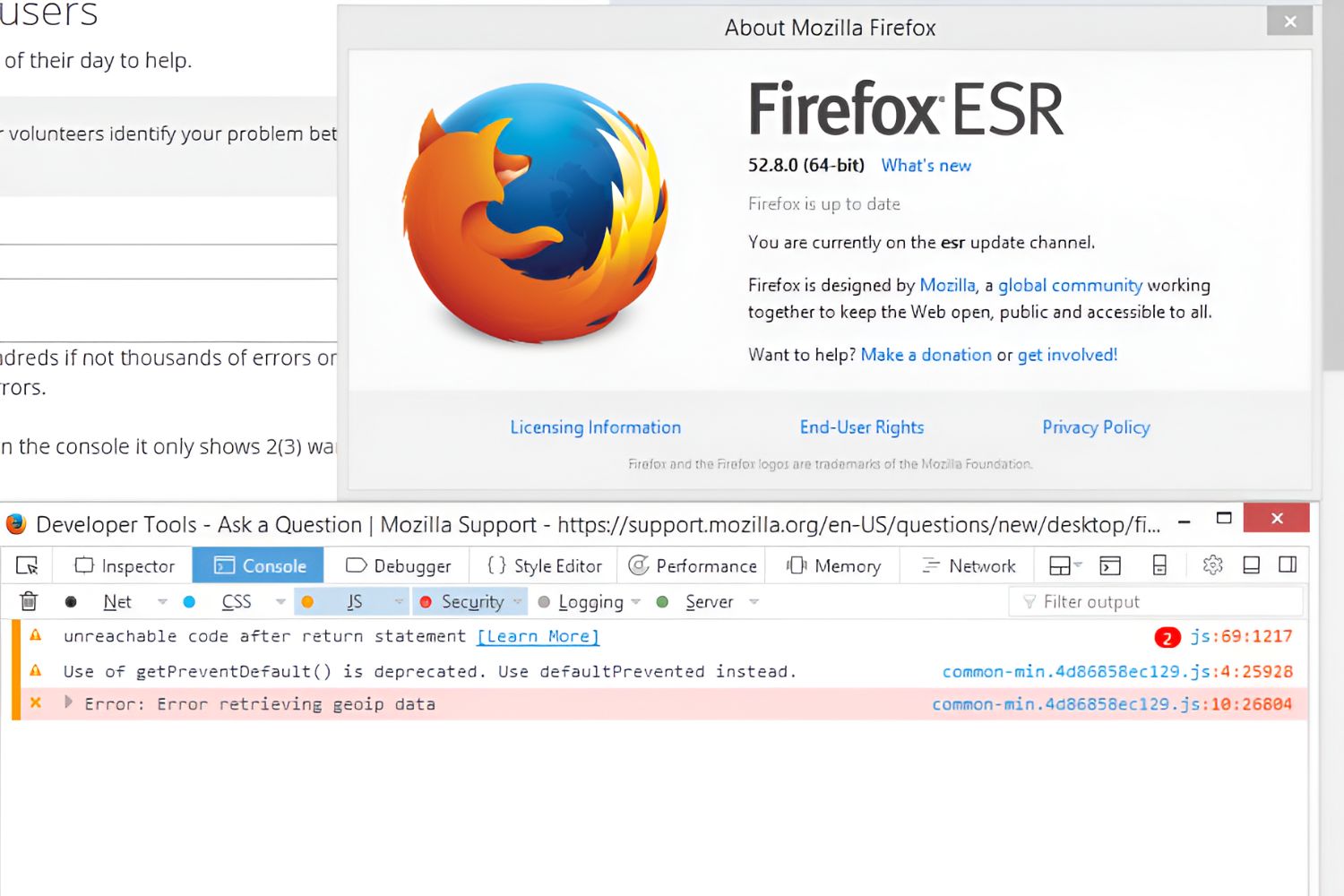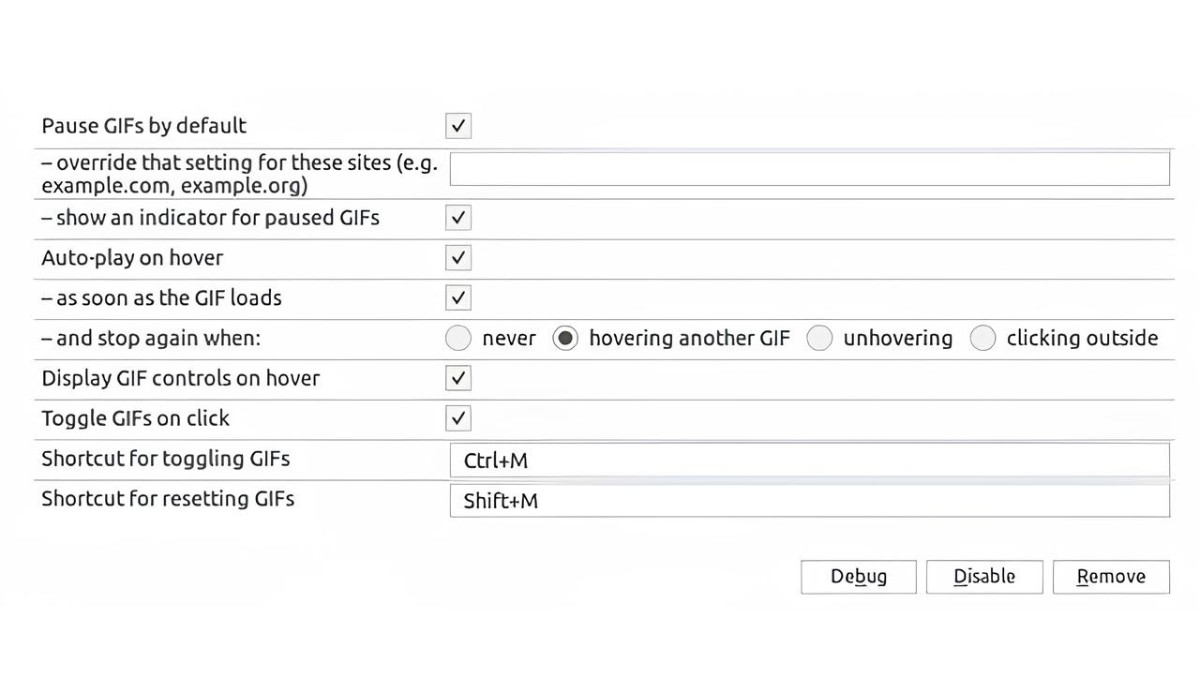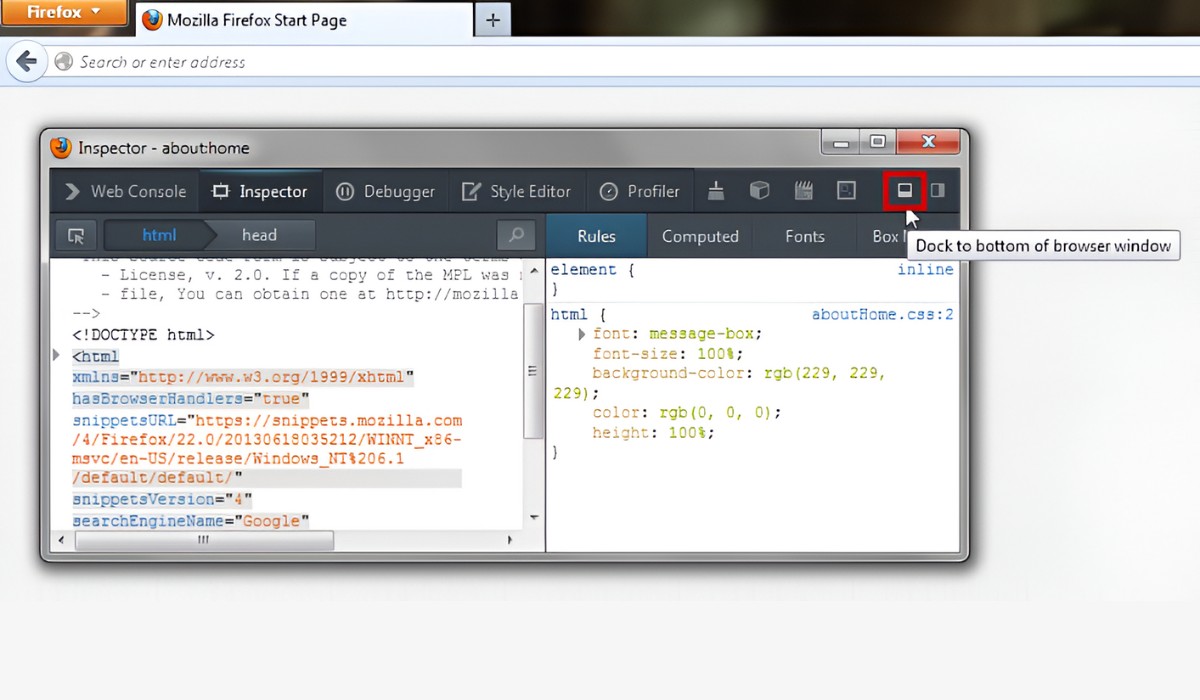Introduction
Inspect Element is a powerful tool that allows you to peek behind the curtain of a web page, revealing its underlying structure and styles. Whether you're a web developer, designer, or simply curious about how websites are built, understanding how to use Inspect Element can provide valuable insights and help you troubleshoot issues.
In this article, we'll focus on how to use Inspect Element on Firefox, one of the most popular web browsers. By the end of this guide, you'll be equipped with the knowledge to navigate the Inspector tool with confidence, make real-time modifications to web page elements, and even save your changes for future reference.
So, why should you bother learning about Inspect Element? Well, imagine encountering a webpage glitch or wanting to understand how a particular design feature was implemented. With Inspect Element, you can delve into the HTML and CSS code of the page, pinpoint the exact element causing the issue, and experiment with different styles to find a solution. It's like having x-ray vision for websites!
Moreover, for aspiring web developers and designers, mastering Inspect Element is a fundamental skill. It allows you to deconstruct and analyze the structure of well-designed websites, gaining inspiration and insights that can inform your own projects. By understanding how different elements are styled and positioned, you can elevate your own web design and development skills.
In the following sections, we'll delve into the practical aspects of using Inspect Element on Firefox. From opening the Inspector tool to making live modifications and saving your changes, you'll gain a comprehensive understanding of how to harness the power of this indispensable feature. So, let's embark on this journey of discovery and empowerment as we unravel the mysteries of web page construction with Inspect Element on Firefox.
Opening the Inspector Tool
To begin our exploration of Inspect Element on Firefox, let's first understand how to open the Inspector tool. The Inspector tool is a built-in feature of Firefox that allows users to inspect and modify the HTML and CSS of a web page in real time. It provides a comprehensive view of the page's structure, styles, and layout, empowering users to analyze and manipulate elements with precision.
Accessing the Inspector Tool
There are several ways to open the Inspector tool in Firefox. The most common method is to right-click on an element within the web page and select "Inspect Element" from the context menu. This action triggers the Inspector tool to open, with the selected element highlighted in the HTML panel.
Alternatively, you can access the Inspector tool through the Firefox menu. Simply navigate to the top-right corner of the browser window, click on the three horizontal lines to open the menu, and select "Web Developer" from the dropdown. Within the "Web Developer" submenu, you'll find the "Inspector" option, which, when clicked, opens the Inspector tool.
For those who prefer keyboard shortcuts, pressing "Ctrl + Shift + C" (or "Cmd + Opt + C" on macOS) will also open the Inspector tool, ready for exploration and analysis.
Understanding the Inspector Interface
Upon opening the Inspector tool, you'll be greeted with a multi-pane interface that provides a comprehensive view of the web page's structure and styles. The main sections of the Inspector interface include the HTML pane, the CSS pane, and the live preview pane.
The HTML pane displays the Document Object Model (DOM) tree of the web page, showcasing the hierarchical structure of elements. Each element can be expanded to reveal its child elements, allowing for a detailed examination of the page's composition.
In the CSS pane, you'll find a wealth of information related to the styles applied to the selected element. This includes details such as the element's dimensions, margins, padding, colors, fonts, and more. By inspecting and modifying these styles, users can experiment with different visual treatments and observe the real-time impact on the web page.
The live preview pane provides a dynamic view of the web page, updating in real time as changes are made to the HTML or CSS. This feature enables users to experiment with modifications and instantly visualize the effects without altering the actual web page source code.
Wrapping Up
By mastering the art of opening the Inspector tool in Firefox, you've taken the first step toward unlocking the potential of Inspect Element. With the Inspector tool at your fingertips, you're now poised to delve deeper into the inner workings of web pages, gaining valuable insights and honing your web development and design skills. In the next section, we'll delve into the practical aspects of using the Inspector tool to inspect and manipulate elements, further expanding your proficiency in leveraging this indispensable feature.
Using the Inspector Tool
Now that we've familiarized ourselves with opening the Inspector tool in Firefox, let's dive into the practical aspects of using this powerful feature. The Inspector tool empowers users to inspect and manipulate elements within a web page, providing a comprehensive view of the underlying HTML and CSS. By mastering the various functionalities of the Inspector tool, you can gain valuable insights, troubleshoot issues, and experiment with real-time modifications.
Navigating the DOM Tree
Upon opening the Inspector tool, you'll be greeted with the HTML pane, which displays the Document Object Model (DOM) tree of the web page. This hierarchical representation allows you to navigate through the elements and their respective child elements, gaining a clear understanding of the page's structure. By expanding and collapsing nodes in the DOM tree, you can pinpoint specific elements and inspect their properties, attributes, and relationships within the page.
Inspecting Styles and Layout
In the CSS pane of the Inspector tool, you'll find a wealth of information related to the styles applied to the selected element. This includes details such as dimensions, margins, padding, colors, fonts, and more. By inspecting and modifying these styles, you can experiment with different visual treatments and observe the real-time impact on the web page. The live preview pane provides a dynamic view of the web page, updating in real time as changes are made to the HTML or CSS. This feature enables you to experiment with modifications and instantly visualize the effects without altering the actual web page source code.
Analyzing Responsive Design
With the Inspector tool, you can simulate various device resolutions and screen sizes to analyze how the web page responds to different viewports. This functionality is invaluable for assessing the responsiveness of a website and ensuring a seamless user experience across devices. By toggling the responsive design mode and adjusting the viewport dimensions, you can observe how the layout and styles adapt to different screen sizes, enabling you to fine-tune the design for optimal display on desktops, tablets, and smartphones.
Debugging and Troubleshooting
The Inspector tool serves as a powerful debugging companion, allowing you to identify and rectify issues within a web page. By inspecting elements, examining their styles, and experimenting with modifications, you can troubleshoot layout inconsistencies, identify conflicting styles, and pinpoint the source of rendering issues. Additionally, the Inspector tool provides access to the console, where you can view error messages, log output, and execute JavaScript commands, further aiding in the debugging process.
Enhancing Productivity with Shortcuts
To streamline your workflow, the Inspector tool offers a range of keyboard shortcuts for efficient navigation and interaction. These shortcuts enable you to quickly switch between panels, select elements, edit styles, and perform various actions without relying solely on the mouse. By familiarizing yourself with these shortcuts, you can enhance your productivity and seamlessly navigate the Inspector tool with ease.
By harnessing the capabilities of the Inspector tool, you can gain a deeper understanding of web page construction, refine your design and development skills, and troubleshoot issues with precision. In the next section, we'll explore the art of modifying elements using the Inspector tool, empowering you to make real-time changes and experiment with different visual treatments.
Modifying Elements
Modifying elements using the Inspector tool in Firefox is a transformative experience that empowers users to make real-time changes to web page elements, experiment with different styles, and visualize the immediate impact of their modifications. By mastering the art of modifying elements, you can gain valuable insights into the intricacies of web design and development, refine your skills, and troubleshoot layout issues with precision.
Live Editing
One of the most compelling features of the Inspector tool is the ability to perform live edits on elements within the web page. By selecting an element in the HTML pane and navigating to the CSS pane, you can modify styles such as colors, dimensions, margins, padding, and fonts, observing the dynamic updates in the live preview pane. This live editing capability allows you to experiment with different visual treatments, refine the appearance of elements, and gain a deeper understanding of how styles impact the overall design.
Experimenting with Styles
The Inspector tool provides a sandbox for creative experimentation with styles. Whether you're fine-tuning the typography of a heading, adjusting the spacing of a paragraph, or exploring color variations for a button, the ability to modify styles in real time offers a playground for honing your design instincts. By toggling properties, adjusting values, and observing the immediate visual changes, you can refine the aesthetics of web page elements and gain practical insights into the art of visual design.
Dynamic Feedback
As you make modifications to elements using the Inspector tool, the live preview pane offers dynamic feedback, instantly reflecting the impact of your changes. This real-time visual feedback is invaluable for assessing the visual coherence of the design, experimenting with different layout options, and fine-tuning the appearance of elements to achieve the desired aesthetic. The immediate feedback loop provided by the Inspector tool accelerates the learning process and fosters a deeper understanding of the relationship between styles and visual presentation.
Iterative Refinement
The ability to iteratively refine and tweak elements using the Inspector tool facilitates a hands-on approach to design and development. Whether you're adjusting the positioning of an image, refining the responsiveness of a navigation menu, or experimenting with the layout of a grid-based section, the iterative nature of live editing empowers you to explore multiple design possibilities and arrive at the most effective visual solutions. This iterative refinement process nurtures a creative mindset and hones your ability to craft compelling user experiences.
By embracing the art of modifying elements using the Inspector tool, you can elevate your design and development skills, gain practical insights into the nuances of web page construction, and cultivate a discerning eye for visual aesthetics. In the next section, we'll delve into the process of saving changes made using the Inspector tool, enabling you to preserve your modifications for future reference and analysis.
Saving Changes
Saving changes made using the Inspector tool in Firefox is a crucial aspect of leveraging its capabilities to their fullest potential. While the Inspector tool allows for real-time modifications and experimentation with web page elements, the ability to save these changes enables users to preserve their insights, document their design decisions, and analyze the impact of their modifications over time.
Persisting Modifications
Upon making live edits to elements using the Inspector tool, it's essential to capture and save these modifications for future reference. Firefox provides a convenient way to save changes made through the Inspector tool, allowing users to create a snapshot of the modified HTML and CSS. This snapshot serves as a record of the alterations made to the web page, enabling users to revisit and analyze the changes at a later time.
Saving Styles
When modifying the styles of elements using the Inspector tool, users have the option to save the altered CSS rules to a local or external style sheet. This feature is particularly useful for documenting design variations, capturing experimental styles, and integrating successful modifications into the web page's stylesheet for permanent implementation. By saving styles, users can maintain a comprehensive record of their design explorations and seamlessly integrate successful visual treatments into the web page's codebase.
Exporting Changes
In addition to saving modifications locally, Firefox allows users to export the modified HTML and CSS, facilitating the sharing and collaboration of design iterations. By exporting changes, users can generate a snapshot of the modified web page, complete with the applied styles, and share it with colleagues, clients, or collaborators for review and feedback. This export functionality streamlines the process of showcasing design proposals and seeking input from stakeholders, fostering a collaborative approach to web design and development.
Analyzing Iterations
By saving changes made through the Inspector tool, users can analyze and compare different design iterations, gaining valuable insights into the evolution of the web page's visual presentation. This iterative analysis enables users to assess the effectiveness of design modifications, track the progression of the design process, and make informed decisions based on the documented iterations. By examining saved changes, users can identify successful design treatments, refine their design approach, and derive best practices for future projects.
Empowering Design Decisions
Ultimately, the ability to save changes made using the Inspector tool empowers users to document their design decisions, capture design variations, and maintain a comprehensive record of their design explorations. By preserving modifications, users can build a repository of design insights, refine their design instincts, and inform their design decisions based on empirical evidence. This documentation of design iterations serves as a valuable resource for honing design skills and fostering a data-driven approach to web design and development.
Incorporating the practice of saving changes made through the Inspector tool into your workflow can elevate your design and development process, enabling you to capture design insights, refine your visual treatments, and make informed design decisions based on empirical evidence.







